Retrospective of Civilization II

“How do you make a sequel to a game that covered all of human history?” ~ Brian Reynolds
By Patric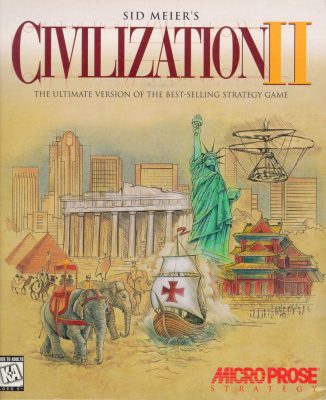 k S. Baker
k S. Baker
The thunderous success of the original Sid Meier’s Civilization (Civ I) in 1991, today would demand a sequel, and quickly, but back in the dark days of the early 1990s that just wasn’t so. In fact, the game that would become Sid Meier’s Civilization II (Civ II) was the first direct sequel that MicroProse would develop and market.
MicroProse management assigned the sequel development task to Brian Reynolds. Reynolds was no newbie to the game design and development business. He went to work for MicroProse in 1991, developing adventure games like Return of the Phantom. He had also previously collaborated with Sid Meier on Sid Meier’s Colonization. But none of his experience answered the basic question to which he needed a good response: “How do you make a sequel to a game that covered all of human history?”
Reynolds went to the source first, Meier himself. Reynolds later said: “We (he and Meier) sat down and brainstormed about it and hashed out ideas…” but Meier had little else to do with the game which would still bear his name.

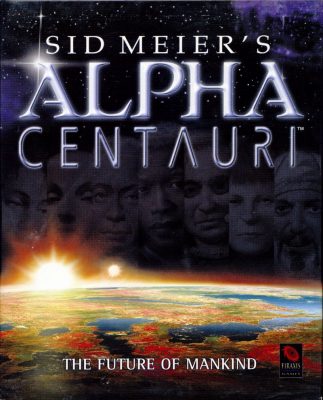

 “Just…One…More…Turn…”
“Just…One…More…Turn…”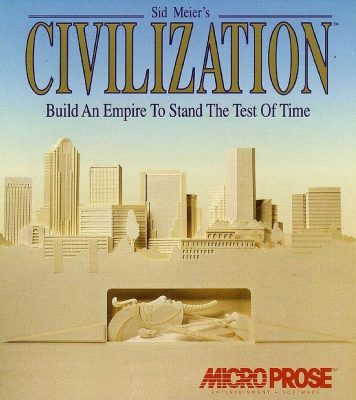 By Patrick S. Baker
By Patrick S. Baker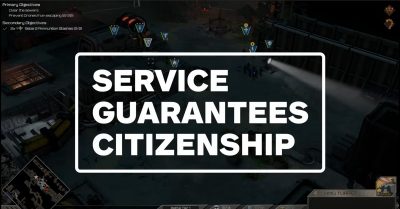
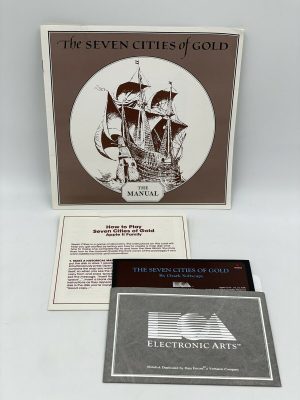
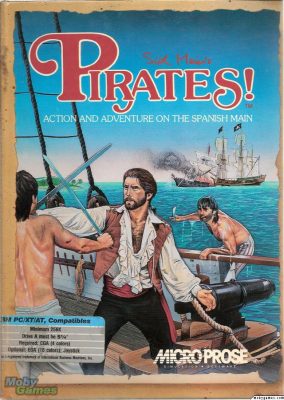
 During the six years between the release of Master of Orion II: Battle at Antares and the release of Master of Orion III, the PC gaming world proved to be something of a Hobbesian trap for game developers and publishers, that is to say: “…. poor, nasty, brutish, and short.”
During the six years between the release of Master of Orion II: Battle at Antares and the release of Master of Orion III, the PC gaming world proved to be something of a Hobbesian trap for game developers and publishers, that is to say: “…. poor, nasty, brutish, and short.”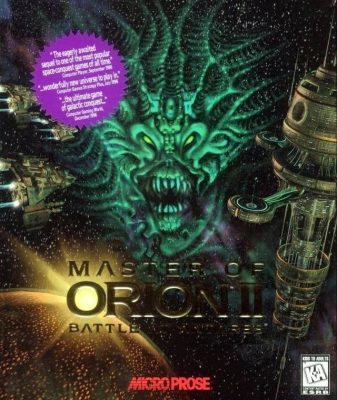 By Patrick S. Baker
By Patrick S. Baker